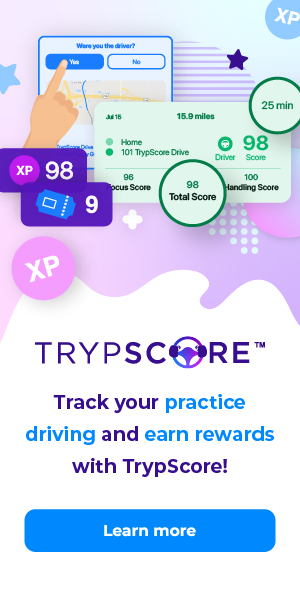Winter driving requires full attention
By Steve Wallace, The Province, December 12th, 2012
There are times when driving with cruise control engaged is an advantage, and others when it is not.
Many drivers like using cruise control on long highway trips. It takes the stress off the legs and feet while driving and allows for longer stretches of driving between breaks. Most well-equipped vehicles have a sophisticated cruise-control system. It allows the driver to activate the system by turning on a master switch.
Once the system is activated, it can be used to set an exact speed, increase and decrease the speed by the simple movement of an index finger.
A tap on the brake pedal will disengage the system.
Most vehicle cruise devices have a memory function that allows the driver to resume an exact speed by tapping a lever, after being interrupted on an afternoon cruise.
Drivers who use cruise control are more likely to be lulled into a false sense of security unless they have a few general rules of engagement.
Never use cruise control when it’s raining or the road surface is wet. There is always a chance the vehicle will hydroplane on slippery surfaces.
This happens when the tires rise up on a thin film of water at high speeds and lose contact with the highway concrete or asphalt.
There is a much greater chance the driver will not detect this condition until it is too late for remediation, particularly when there is no sense of foot-feel on the accelerator pedal.
The same advice applies when there is an accumulation of snow or ice on the road. The drive wheels have a tendency to overspin before the driver notices the loss of traction. The majority of non-professional drivers panic in this situation and slam on the brakes.
The result of this manoeuvre is to worsen an already dangerous situation. The vehicle will go into a radical skid when the brakes are applied with a great degree of force by a shocked and surprised driver.
Road surfaces may look clean and dry, but are often deceptively coated with a thin film of black ice during the winter season. An easy way to check for this condition is to lower the driver-side window and listen for the tire noise, which is obvious at upper speeds. If there is silence, you’re on black ice. This is a trucker’s test of a winter road surface I learned several years ago. Do not test the surface by braking, for obvious reasons.
Cruise control is a great way to avoid the “magnet effect,” when drivers unconsciously speed up as they are being passed. It’s a natural competitive tendency to be drawn to the overtaking vehicle.
The most frustrating thing when using cruise control is to have to deal with the driver who passes you on the highway, only to reduce speed once the pass has been completed. This necessitates resetting the cruise speed, to avoid having to pass the driver who just passed you. It’s particularly frustrating on two-lane opposite-direction highways in rural areas of our province.
I recommend the active use of the gas pedal when passing other vehicles, while your vehicle is in cruise-control mode. It gives the driver a better acceleration boost and feeling of increased speed judgment. It forces drivers to look at the speedometer. Using the hand control for such a passing manoeuvre does not allow for a proper, quicker accelerated passing action.
Used effectively, cruise control is a valuable asset. Misused, it can cause a loss of vehicle control with potentially disastrous consequences.
Steve Wallace is the owner of Joan Wallace Driving School on Vancouver Island and in the Central Interior of B.C. He is the former vice-president of the Driving School Association of the Americas and a registered B.C. teacher.


